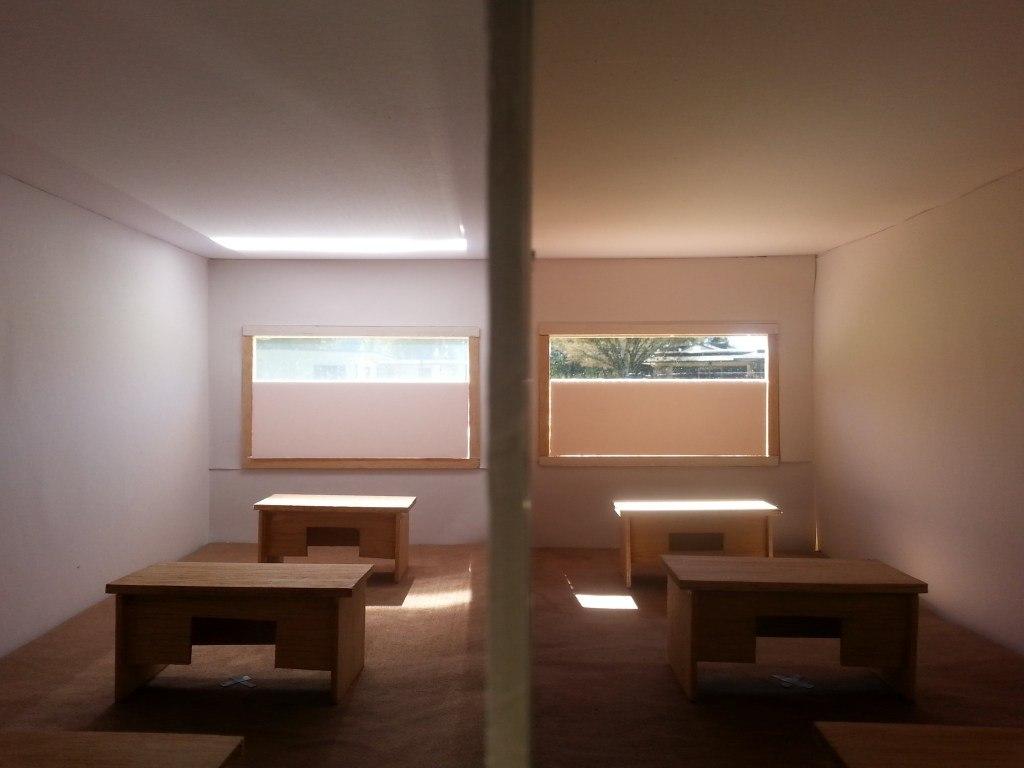
Among the reasons to visit Las Vegas is that southern Nevada benefits from copious amounts of sunlight year-round and has easy access to abundant natural beauty, from nearby Red Rock Canyon to southern Utah and, of course, the Grand Canyon in Arizona. Most Sin City visitors don't see anything natural in Vegas: Most people who escape there are holed up in the Strip’s massive hotels, restaurants and resorts, are viewing a show, or are sequestered in one of the city’s casinos. Of course, the artificial nature of Vegas is one if its greatest attractions, as one can saunter fake versions of New York, Venice, Egypt and Paris by walking within an hour.
But not everyone in Vegas is a fan of the artificial. Some of the city’s schools, for example, are now scoring a daylighting makeover. SerraLux, a United Kingdom-based window-glazing and daylighting technology company, has reached an agreement to install its daylight-redirecting window film at six charter schools across Las Vegas.
The product is an acrylic film that contains microscopic particles that increase the amount of natural light that can come into a room while allowing views outside the window to still appear normal. SerraLux claims its technology reduces glare while extending daylight deeper into a space, such as a classroom. Most standard windows allow light in to the point at which there is 50 times more natural light near a window than 30 feet (9.14 meters) away. SerraLux, however, insists its window glazing film redistributes its light while lowering that 50:1 light level anywhere from 10:1 to 7:1.
Anyone who has endured years of attendance at public schools, especially within the many West Coast schools that resemble prisons more than places to learn, can see the benefit of technologies such as those of SerraLux or other companies that pitch similar products on the market. For builders tasked with constructing or renovating a facility of any kind seeking LEED certification, the installation of more efficient windows is one way to secure more points within the popular U.S. green building rating system. And for a school system seeking to reduce their long-term energy costs, better windows are a start. In fact, the Clark County School District, which administers public schools in Las Vegas, has pledged to build new schools to LEED Gold Certified standards.
The greatest benefit from the use of more light and energy efficient windows, however, is increased academic performance and an enhanced quality of life for both students and teachers. Anyone who studied in a west coast school, which was typically built in a hurry from the post-World War II era through the 1970s, will remember rooms with small windows and fluorescent lighting. But over the years, plenty of studies have suggested that daylight can have a positive impact on students’ performance, from preschool to advanced studies. Such metrics are difficult to measure, but are easy to justify. When school administrators consider what is best for kids, they have to go beyond curricula and ensure that the built environment is suitable for learning in the first place.
Image credit: SerraLux

Leon Kaye has written for 3p since 2010 and become executive editor in 2018. His previous work includes writing for the Guardian as well as other online and print publications. In addition, he's worked in sales executive roles within technology and financial research companies, as well as for a public relations firm, for which he consulted with one of the globe’s leading sustainability initiatives. Currently living in Central California, he’s traveled to 70-plus countries and has lived and worked in South Korea, the United Arab Emirates and Uruguay.
Leon’s an alum of Fresno State, the University of Maryland, Baltimore County and the University of Southern California's Marshall Business School. He enjoys traveling abroad as well as exploring California’s Central Coast and the Sierra Nevadas.














